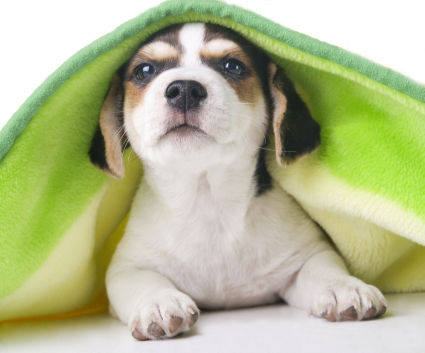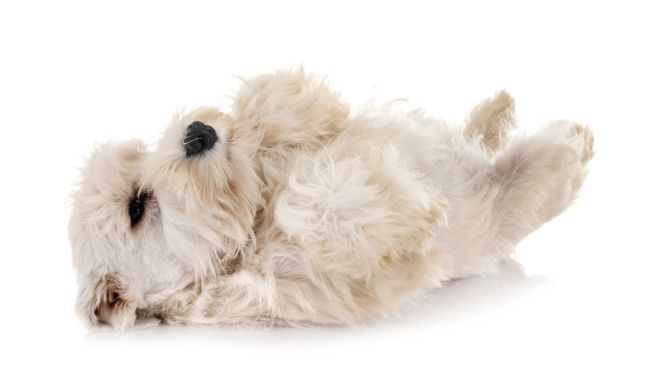The main reason why your puppy shouldn’t eat in a moving vehicle is because it may upset his or her sensitive stomach. Puppies are notoriously nervous and they have delicate gastrointestinal systems. By choosing to forbid your puppy from ingesting puppy treats, kibble, or “people food” (which is never good for young dogs), you are doing what is best and most responsible as a pet owner.
When you permit your young dog to eat in a moving car, truck or SUV, you are opening your puppy up to a range of potential health problems, including vomiting, diarrhea, stomach aches, and gas pains. In general, it’s much easier to pull over to a rest stop and feed your canine pal if he or she is hankering for a meal or snack.
By following this simple rule, you’ll ensure that car trips with your pet run smoothly and that everyone in the vehicle (animal or human) will enjoy their time on the road a lot more.
While puppies have a tendency to beg for food almost constantly due to their voracious appetites, puppies need only be fed two to three times per day, depending on their ages. To find out exactly how much food your young canine buddy really needs, consult with a veterinarian, research your breed of puppy, and also use the tables found on Puppy Chow bags (or bags of any type of puppy food), as these tables are carefully designed to indicate proper amounts to feed your puppy, as well as how often he or she should be fed.
How to Stop Feeding Your Puppy in the Car
Once you’ve decided to stop feeding your dog in a moving vehicle, you must commit to changing any bad habits that you’ve allowed to develop up until now. If you’ve fed your puppy in your car in the past, it will be more difficult to train your young dog to give up the habit of begging for food when you’re in the car with him or her.
The best defense against begging and whining is simply to avoid giving your puppy food in the car in the first place. However, sometimes, pet owners don’t know any better when they are still adjusting to raising their puppies and to teaching them boundaries, and this bad habit often develops quickly and then escalates into a real problem. The best way to re-train your young dog is through the principles of positive reinforcement. Positive reinforcement is all about rewarding good behaviour.
When your puppy begins to make it through trips in your vehicle without begging or making a fuss, show that you appreciate this new maturity and sense of obedience by doing something special for him or her. Playtime, puppy massage, new puppy toys or puppy treats that are administered right after a ride in your vehicle will all work well as forms of positive reinforcement for great behaviour.
Now that you know why it’s so important to avoid feeding your puppy in a moving vehicle, and the role that positive reinforcement plays in effective puppy training (or re-training), you are ready to move forward and do what is best for your young canine pal. Just the fact that you’ve taken the time to find out what is best for your young dog speaks volumes about your sense of responsibility to your puppy. In time, you will learn all of the ins and outs of puppy ownership and of how to train your new pet.






0 Komentar